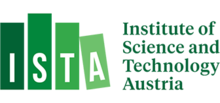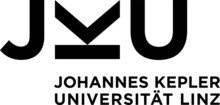01/25/2021
Special light waves retrieve maximal information about the invisible
Laser beams can be used to precisely measure an object’s position or velocity. Normally, however, a clear, unobstructed view of this object is required – and this prerequisite is not always satisfied. In biomedicine, for example, structures are examined, which are embedded in an irregular, complicated environment. There, the incoming laser beam is deflected, scattered and refracted, often making it impossible to obtain useful data from the measurement.
However, Utrecht University (Netherlands) and TU Wien (Vienna, Austria) have now been able to show that meaningful results can be obtained even in such complicated environments. Indeed, there is a way to specifically modify the laser beam so that it delivers exactly the desired information about an object inside or behind a complex, disordered environment - and not just approximately, but in a physically optimal way: Nature does not allow for more precision with coherent laser light. This new approach can be used in very different fields of applications, even with different types of waves, and has now been presented in the scientific journal "Nature Physics".
For more information see https://www.tuwien.at/en/tu-wien/news/news-articles/news/optimale-information-ueber-das-unsichtbare
D. Bouchet, S. Rotter, A.P. Mosk; Maximum information states for coherent scattering measurements, Nature Physics (2021). https://www.nature.com/articles/s41567-020-01137-4, opens an external URL in a new window
Navigation
Contact
ESQ Office
Austrian Academy of Sciences (ÖAW)
Atena Zalbeik-Dormayer
Boltzmanngasse 5
1090 Vienna
office(at)esq-quantum.at






